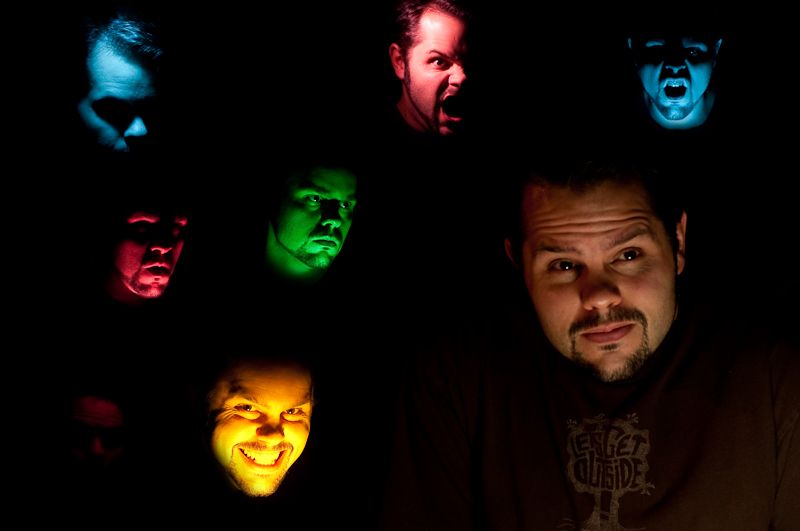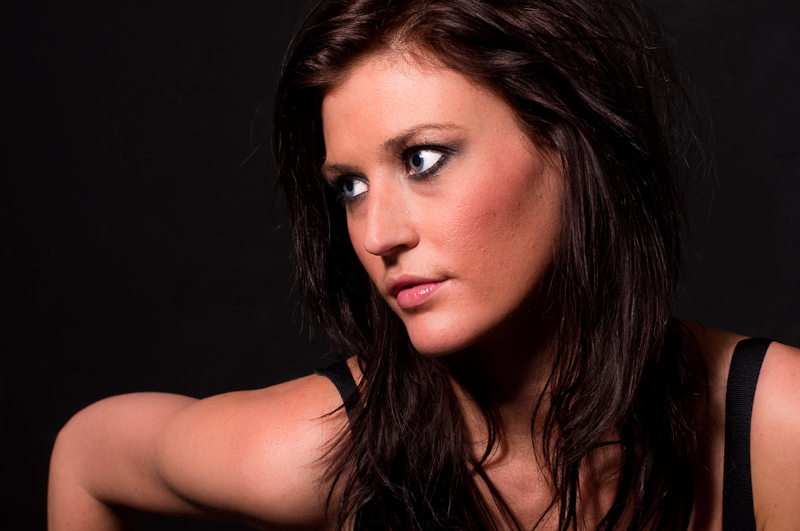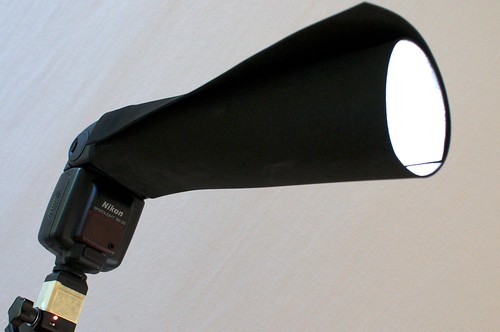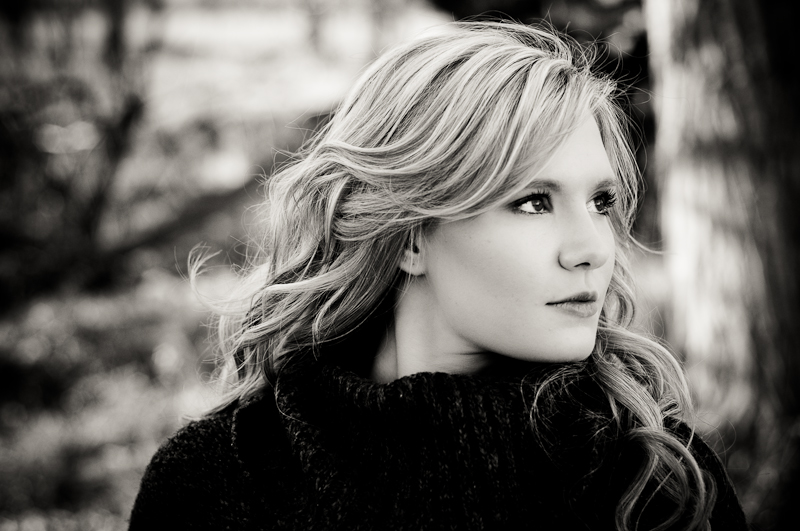
In photography, it's all about getting the shot. Sometimes, getting the shot can mean being ready at the right moment. In business, time is money. The less time you spend on non-productive tasks, the more time you can spend on making money! Can something as simple as a new memory card help you to get more shots, not miss a shot and save you hours a year? If you buy the correct memory card, the answer is yes.
Today I put three different memory cards to the test. All are made by SanDisk, probably the most popular memory card manufacturer around. Since my D90 takes SD cards, that's what I'm testing, but I'd assume the numbers would almost directly correlate to CF cards as well. I decided to put each card through three different tests...
- Test 1: Shoot RAW + JPEG continuously for 30 seconds. Results show number of images recorded.
- Test 2: Shoot JPEG only continuously for 30 seconds. Results show number of images recorded.
- Test 3: Upoad 1.09 GB (188 RAW + JPEG images) from card to hard drive. Results show minutes:seconds it took to upload.
Here are the cards I used...
- C1: SanDisk (Class 2)
- C2: SanDisk Ultra II (Class 4)
- C3: SanDisk Extreme III (Class 6)
All of the shooting tests were carried out on a static scene with the same camera settings: f/8, 1/100 sec, card formatted before each test. The D90 apparently has a 100 JPEG limit, so it filled up in 2 of the 3 JPEG only tests, but there was still a difference. Here's the numbers:
Test 1: C1 - 15, C2 - 29, C3 - 41 (images)
Test 2: C1 - 47, C2 - 100, C3 - 100 (images)*see note below
Test 3: C1 - 1:45, C2 - 1:44, C3 - 1:08 (minutes:seconds)
* Although C2 and C3 were both able to record 100 images in 30 seconds, the camera buffer filled up with C2 and shooting was not truly continuous, while the camera buffer never filled up with C3, providing a truly continuous shooting experience.
So what do these numbers mean? To put it simply, you'll get more photos, rely less on your camera's buffer and upload photos more quickly with a faster card. To break it down a bit more, let me give a bit more detail for a few of the statistics.
When I was shooting Test 1, as soon as the camera buffer of 7 frames was filled, C3 continued to shoot, write and then shoot again fairly quickly. I wouldn't mind using it for bursts of more than 7 photos. When using C1, on the other hand, there were a few seconds of writing time after the buffer filled. If you tried to use this card on a fast-moving object, after 7 images you'd miss everything else while the first 7 images were being written from the buffer to the card.
On Test 2, the buffer filled fairly quickly when shooting with C1. With C2, it shot for at least 10-15 seconds before the buffer was full, but it still shot fairly quickly, allowing me to shoot 100 images in 30 seconds. With C3, I never filled the buffer and shooting never slowed below the max FPS rate.
For Test 3, I was surprised to see that C1 and C2 both took the same amount of time to upload from the card. What was not surprising is the amount of time it took to copy the files from my computer to the card. I almost wrote this entire article while waiting for the data to go from computer to C1 (OK, that's a bit of an exaggeration, but not much!).
When you look at the price difference between a Class 6 card and a Class 2 card, it's easy to convince yourself that it's better to save money on a memory card and spend it on a new lens or something like that. What I've learned is that you almost always get what you pay for and if you're serious about shooting action and don't want to wait forever while your photos upload, spend the extra money and buy yourself a fast memory card. You'll be amazed at the difference!




















